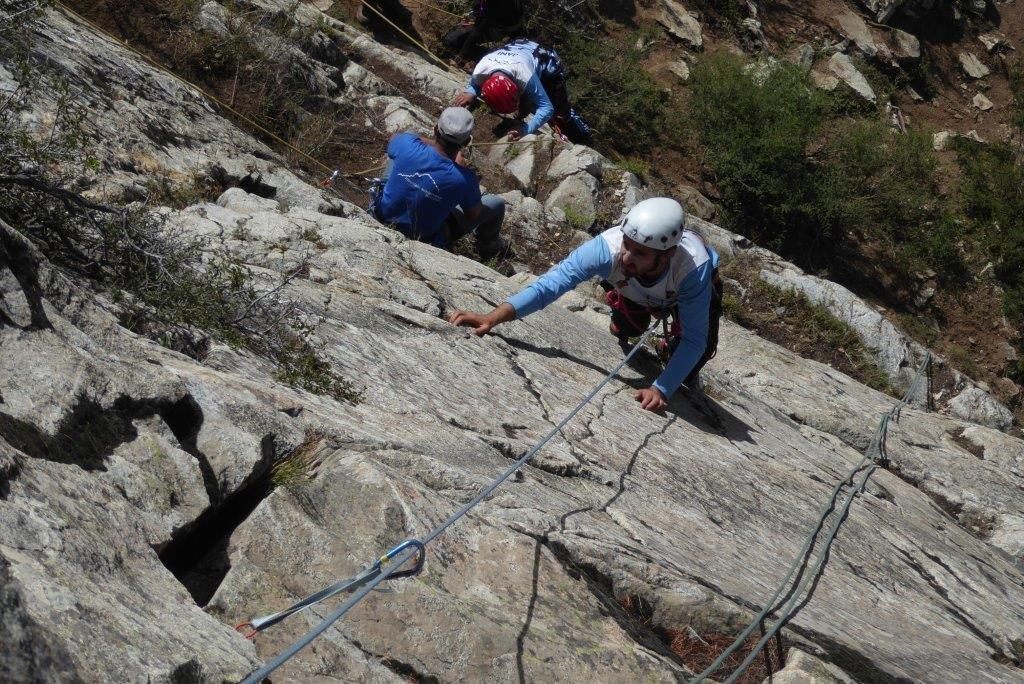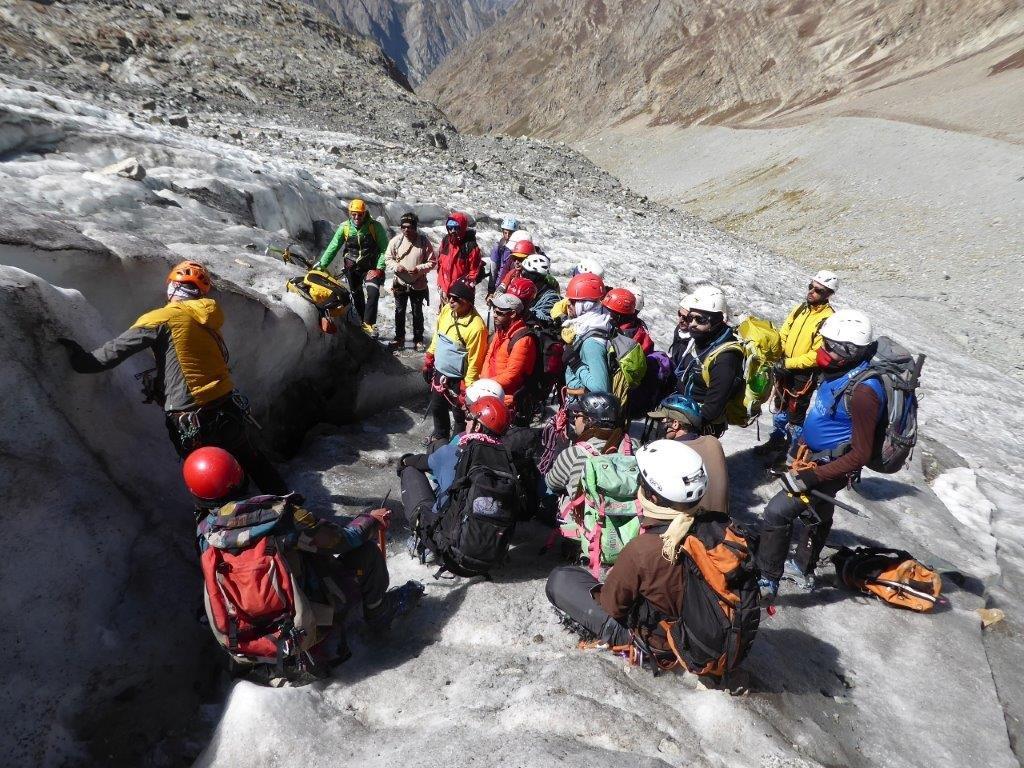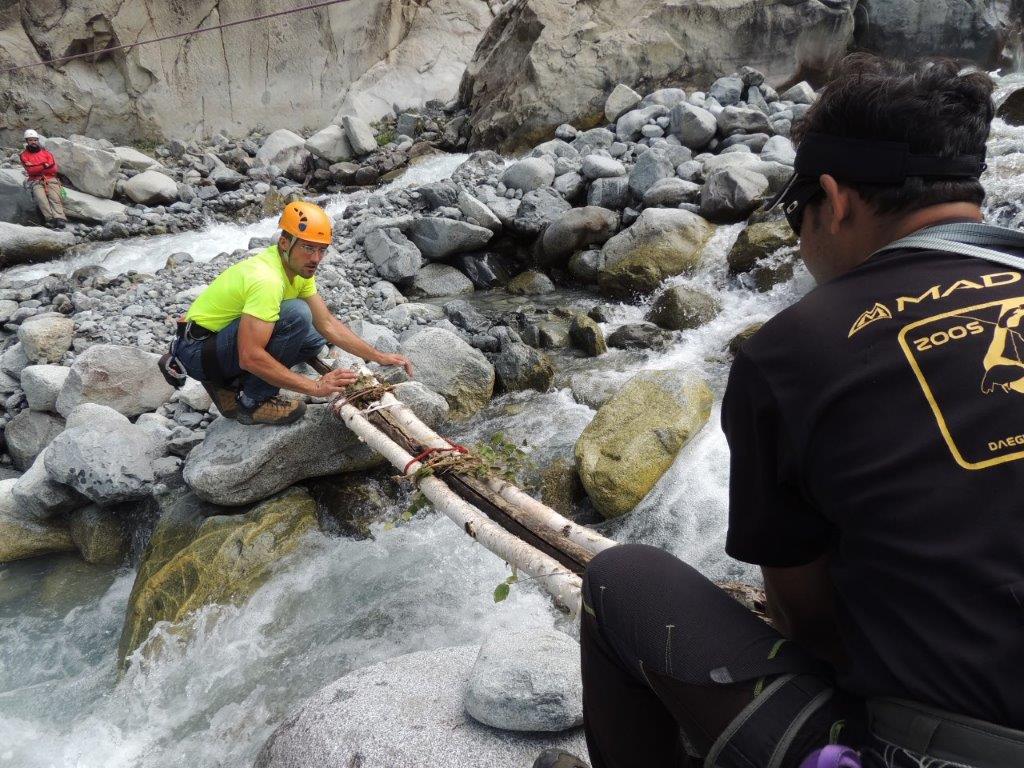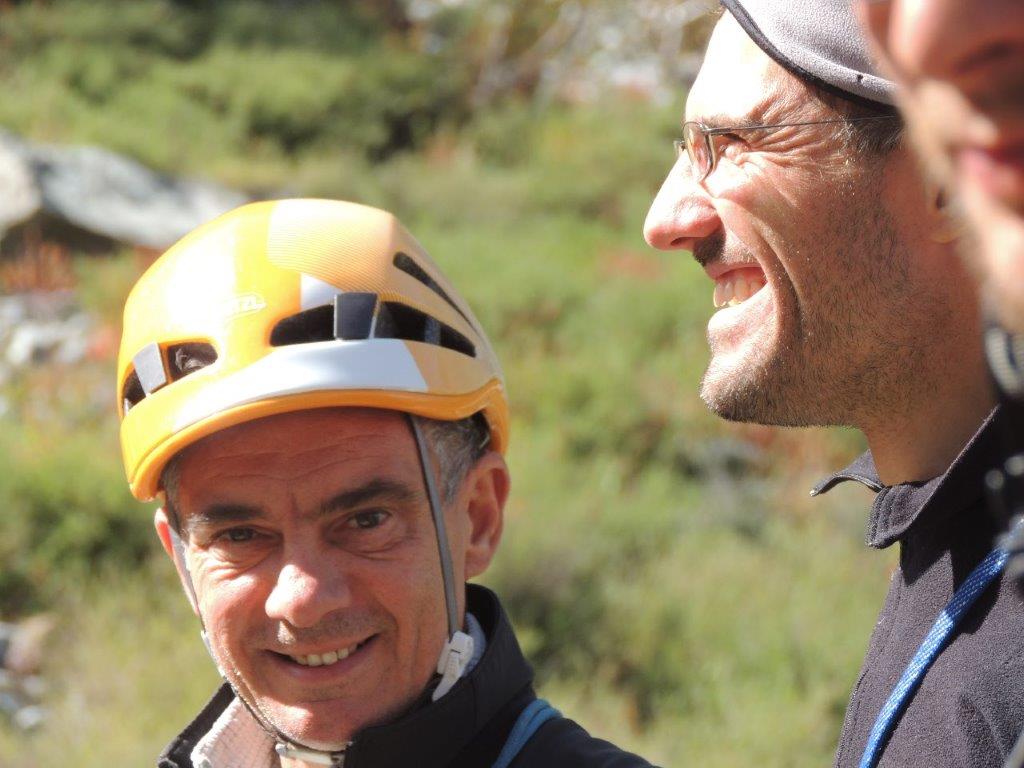THE SWAT PROJECT

First Stage Report (By Carlo Alberto Pinelli, Honorary président of Mountain Wilderness International)
Just a month ago, instructors sent to Pakistan by Mountain Wilderness International (Asian Desk) returned from the mountainous Swat region after they had run an eco-compatible mountaineering course for young locals.
The course was the first stage of what is known as “The Swat Project”, whose final objective is to establish a National Park for the defence and enhancement of those unparalleled valleys. The Swat’s relative proximity to major cities of the Pakistani plains, combined with the recent addition of new and faster through roads, will soon be opened to more tourism with obvious consequent benefits to the local economy. Nevertheless there is always the threat of the sort of unbridled and aggressive anthropization that would do irreversible damage to those extraordinary alpine environments once known as the “Switzerland of the Indian sub-continent”.

While planning for the establishment of the National Park will continue in the background, the next steps include a complex engagement in 2019 with the purpose of surveying and outlining possible itineraries suitable for excursions and treks – even demanding ones – to be offered to an international audience.
This delicate task will be undertaken, starting next spring and under our supervision, by the same students of the recently concluded course, whose valuable input will contribute to producing a guidebook to be published in print form in both Italian and English.

Now let’s take a long step back in time. Over half a century ago, renowned professor Giuseppe Tucci, who was then leading the Italian archaeological excavations in the Swat District, convinced the young mountaineers of the University Subsection of the Alpine Club of Rome to explore the region’s mountaineering/hiking potential with a view to forming a cultural link between visits to the most ancient Buddhist monuments (the remnants of which still dominate the hills of the Lower Swat District) and outdoor activities that would be respectful of the northern Kohistan’s natural high mountain environment.
Although hindered by bad weather, that initial mission proved a good success, with various virgin peaks being identified and summited. However, for a variety of reasons, Tucci’s plan was later abandoned. In 2017, on the urging of the archaeologists of the International Association of Mediterranean and Oriental Studies (ISMEO), Mountain Wilderness agreed to revive the old project, widening its focus to embrace a more explicit and effective defence of the natural environment.
This led to “The Swat Project”, a challenge that ISMEO and Mountain Wilderness International are facing with equal commitment, skill and enthusiasm. Additional support and financial participation were provided by the Italian Ministry of Culture, by Mountain Partnership – FAO, the Italian Ministry of Education, University and Research, the Italian Academic Alpine Club,the Rome Chapter of CAI and several generous private donors whosenames are listed below.
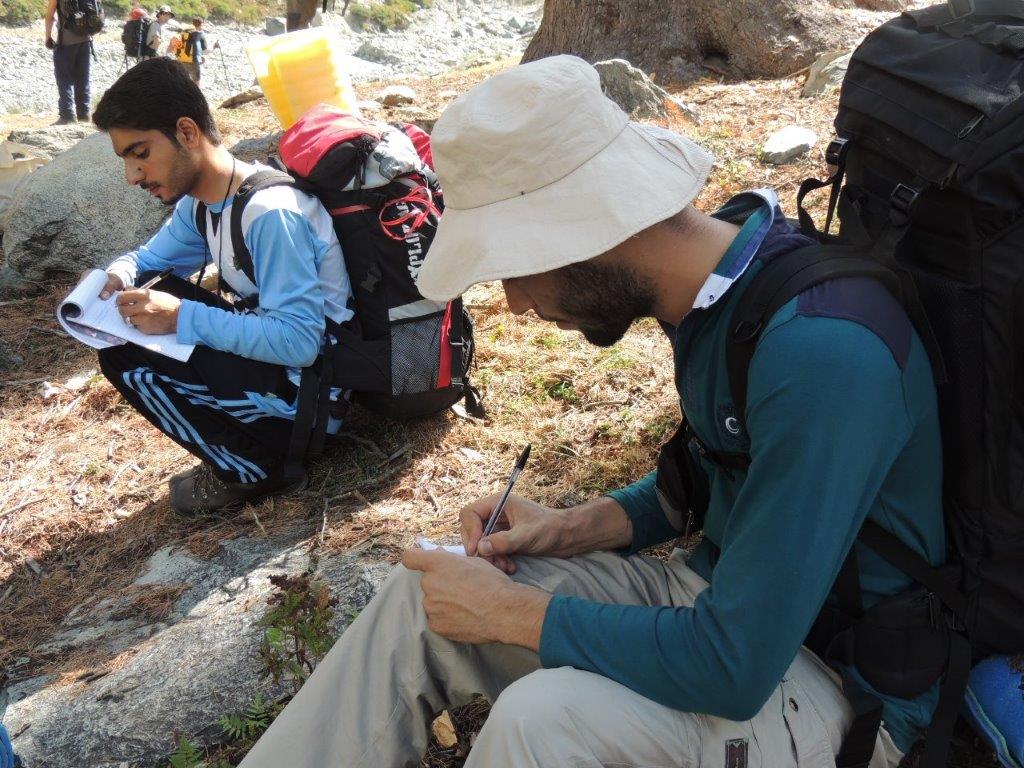
The two-week course trained 21 students, who were selected for participation after interviews held during the month of June with the collaboration of Mountain Wilderness Pakistan. The course began with two days of theoretical lectures that included a range of issues: the duty to protect the environment, first aid, high altitude medicine, the geological and morphological history of the mountains, the handling of trekking customers, the correct description of itineraries, and so forth.
Two base camps were then set up: the first, at the foot of the very spectacular Batin Peaks, for rock climbing practice; and the second at an altitude of 4000 metres at the base of the massive glacier that stretches toward the final ridge of Falak Sar (6000 metres), for practice on negotiating ice and snow.
These sessions took the students up to 4800 metres along the summit ridge of Falak Sar, where they confronted what at times were very steep slopes interrupted by deep crevices and snow bridges.
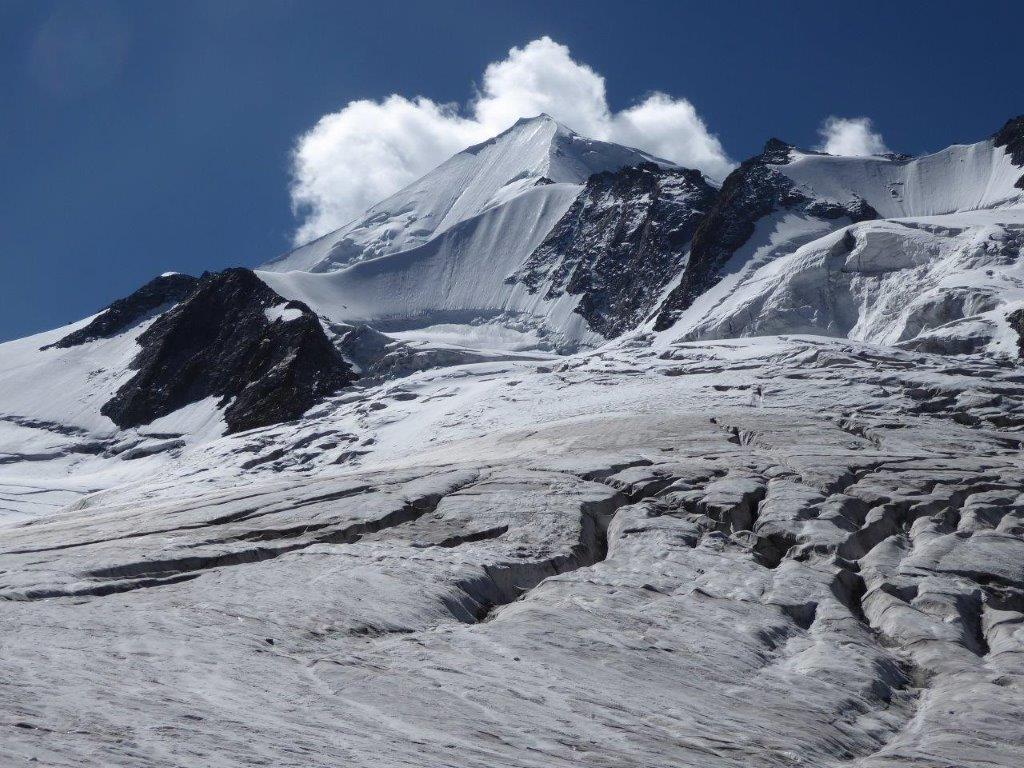
The theoretical final exams were administered assoon as the students were back in the city of Mingora, and theresults were as follows: three “excellent”, eight “good”, six“sufficient” and four “assistants”.
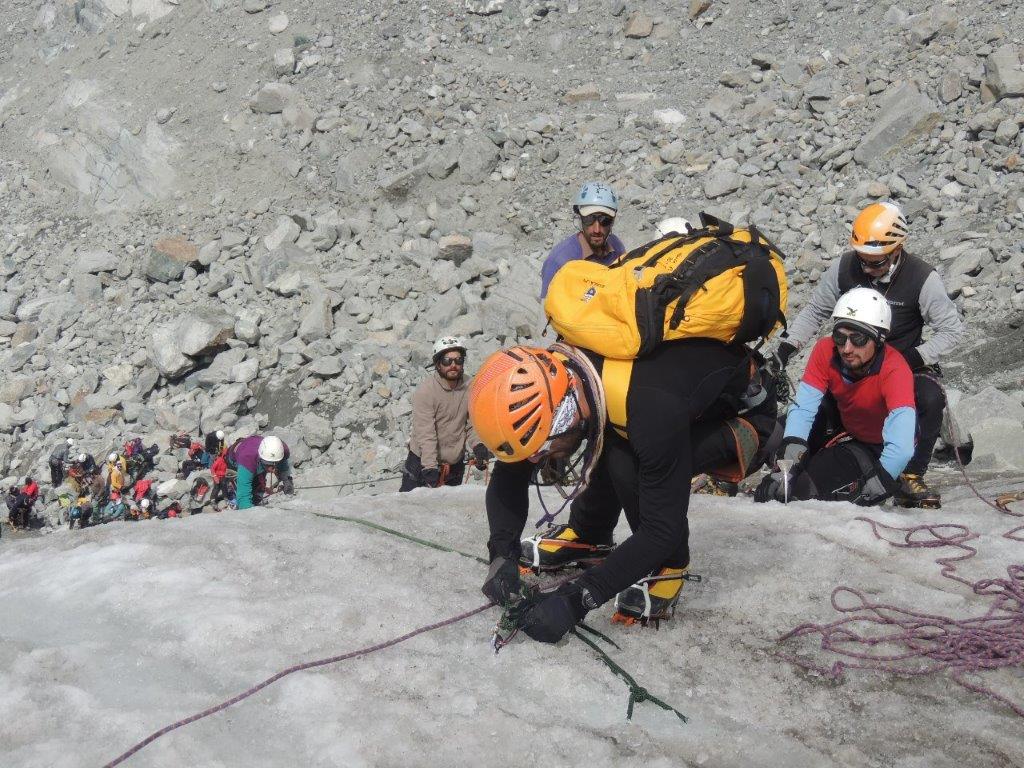
It should be pointed out that none of the trainees owned even the most rudimentary equipment, and that the majority of them were unschooled in any mountaineering lore. Thanks to the friendly collaboration of several chapters of the Italian Alpine Club (CAI), our organisation collected all the gear that would be need once we got to Pakistan: ropes, ice axes, climbing harnesses, crampons, helmets and clothing.
The SCARPA company of Asolo generously supplied brand new hiking boots for all participants. Camp logistics and ground transportation were handled by the professionals of Adventure Tours of Pakistan, to whom we extend our most sincere thanks.
The course’s complete success is a source of gratification for us all. The students’ enthusiasm and gratitude were truly moving. Naturally, only time will determine the final outcome.

The ceremony for awarding the diplomas took place in the city of Saidu Sharif in the presence of Italian ambassador to Pakistan Stefano Pontecorvo, the director of the Khyber Pakhtunkhwa region’s tourism department Sayd Mohmmad Ali, mayor of Swat Mohammad Ali Shah and president of the Adventure Foundation Brig. Mohammad Akram Khan. A few journalists from the main national newspapers and TV networks also attended, and offered excellent media coverage in the days that followed.We are convinced that we have laid the first stone of the project to train not only skilled and conscientious trekking guides in the upper Swat valleys but also, and above all, to establish genuine, well-grounded local outposts for the defence of the environment, capable of preventing blatant assaults on the mountain by commercial interests coming from elsewhere.
Our team of instructors included:
Carlo Alberto Pinelli, course director andhonorary president of Mountain Wilderness International; EmilianoOlivero, director of the central mountaineering school of the ItalianAlpine Club (CAI); Omar Scarpellini, national mountaineering instructor of CAI; Tommaso Castorina, mountaineering instructor of CAI Florence. All associated to Mountain Wilderness.
Four Pakistani trainers contributed to the course:
Mohammad Afzel Sherazi, president of Mountain Wilderness Pakistan and deputy director of the course, Mohammad Javeed Sherazi, excellent mountaineer and high altitude physician, Tauqeer and Zonib: climbers.”
In addition to the institutions, associations andcompanies already cited, we extend our deepest gratitude to:
Epitech farmaceutici – Padua Innovet
Grivel – Mont Blanc Optariston – Rome Alta Quota – Rome Rock andWall – Rome
Ditta Milanesio – Chivasso
Thanks also to:
Francesco Cappellari
(CAP, BM)
